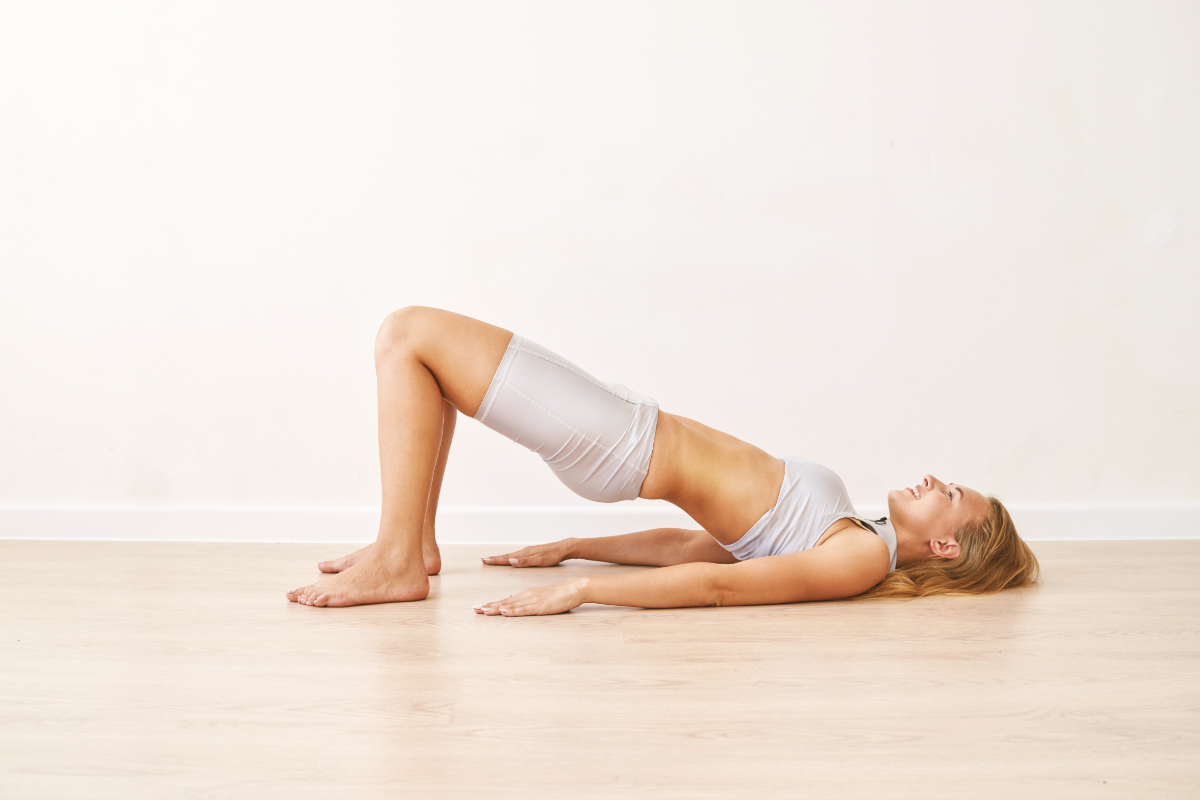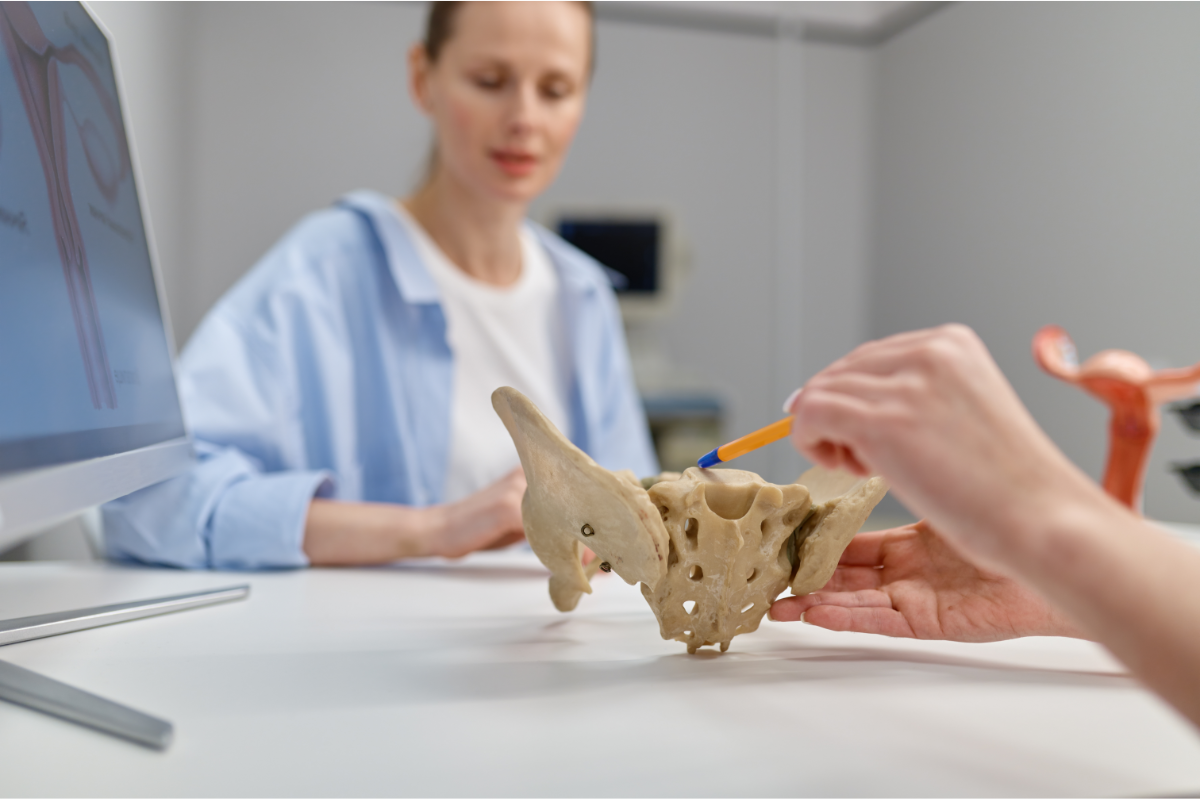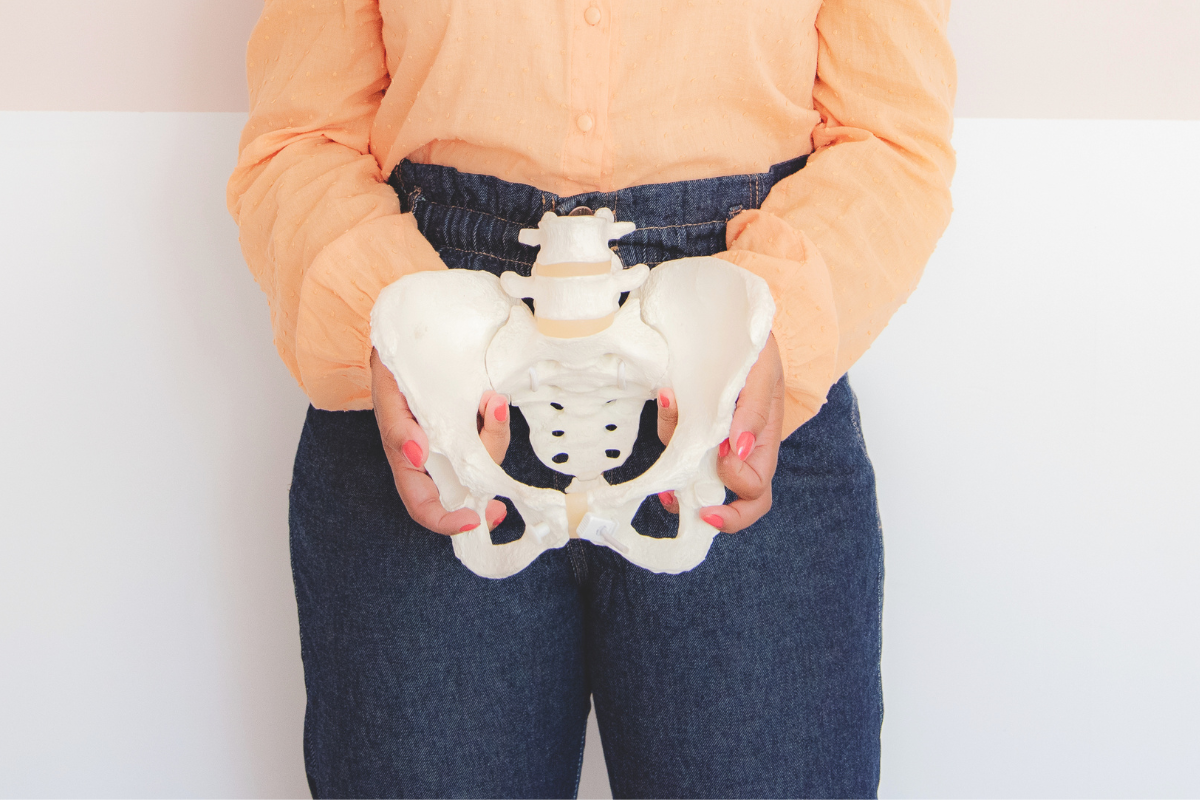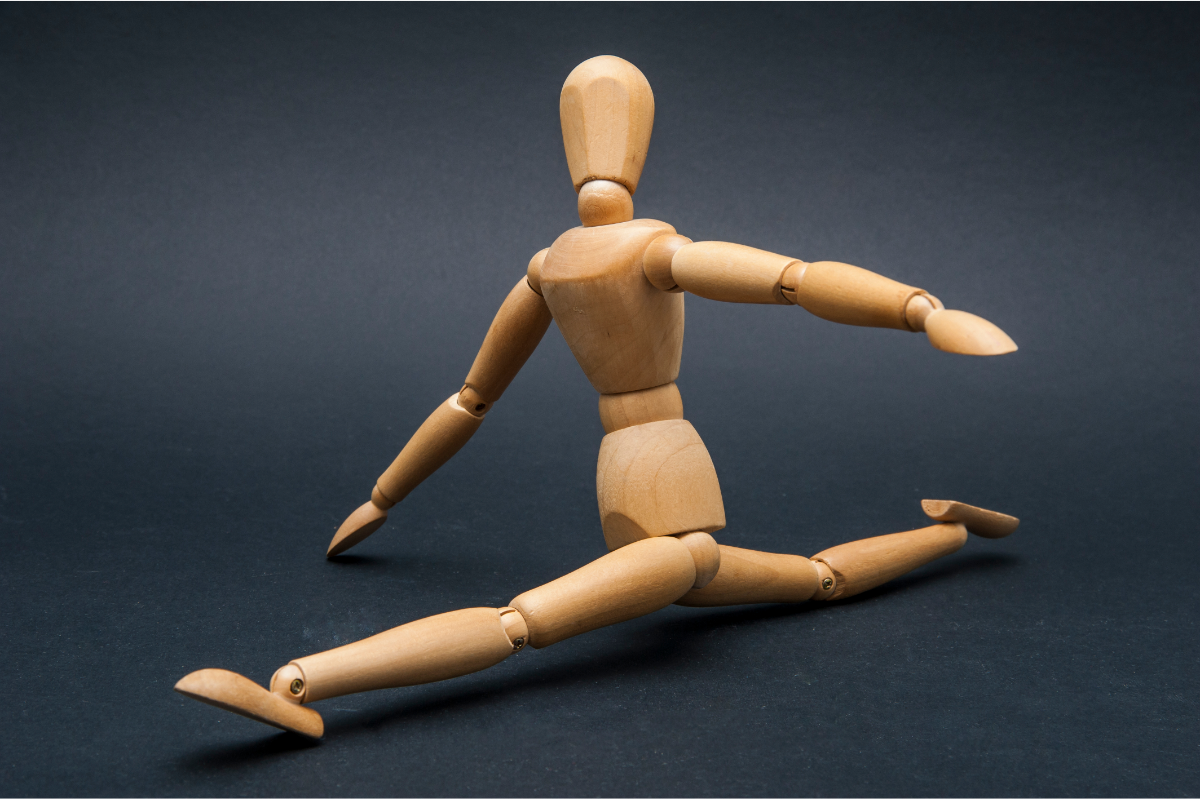Top 7 Myths About Pelvic Floor Exercises You Should Avoid
The pelvic floor plays a vital role in our overall health, yet it often goes unnoticed in everyday discussions about fitness. Comprised of muscles, ligaments, and tissues, the pelvic floor supports organs such as the bladder, uterus (in women), and rectum. It also helps control urinary and bowel function and plays a crucial role in sexual health.
Pelvic floor exercises, often referred to as Kegels, can significantly improve strength, flexibility, and coordination in this area. Unfortunately, many people are unaware of how essential these exercises are for both men and women, regardless of age or physical condition. Incorporating pelvic floor exercises into your routine can enhance core strength, prevent incontinence, and improve sexual wellness.
Despite their benefits, several myths surrounding pelvic floor exercises can deter people from performing them correctly. It’s time to set the record straight. In this article, we will debunk the top seven myths about pelvic floor exercises and explain why everyone—whether experiencing pelvic floor issues or not—should make these exercises part of their daily routine. Understanding the importance of pelvic health is the first step in empowering yourself to take control of your well-being.
Many individuals mistakenly believe that pelvic floor exercises are only necessary for women, especially those who have given birth. However, pelvic floor dysfunction can affect both men and women, often due to factors such as aging, weight changes, or even prolonged sitting. For men, strengthening the pelvic floor can help with issues such as erectile dysfunction, prostate health, and incontinence. Likewise, women of all ages can benefit from these exercises, not just postpartum. Strengthening the pelvic floor can support the bladder, prevent pelvic organ prolapse, and enhance sexual satisfaction.
Another common myth is that pelvic floor exercises are difficult to perform or require specialized equipment. In reality, these exercises are simple, can be done anywhere, and do not require any tools beyond your own body awareness. Whether you are at home, at work, or on the go, taking a few minutes each day to engage these muscles can yield substantial benefits.
By incorporating pelvic floor exercises into your fitness routine, you are taking proactive steps towards better overall health. These exercises not only support physical well-being but also contribute to mental health, providing a sense of control and empowerment. Whether you’re dealing with a specific issue or simply looking to improve your overall fitness, pelvic floor exercises are a vital part of a well-rounded health regimen. This article will shed light on the most common misconceptions and provide you with the tools you need to start benefiting from these exercises today.
Myth 1: “Pelvic Floor Exercises Are Only for Women”
One of the most common misconceptions about pelvic floor exercises is that they are solely for women, particularly those who have gone through childbirth. In reality, pelvic floor exercises benefit both men and women. For men, these exercises can help prevent or manage conditions like erectile dysfunction, urinary incontinence, and pelvic pain. Women, too, benefit from pelvic floor exercises, not just for post-pregnancy recovery, but for overall pelvic health, particularly as they age. Everyone, regardless of gender, can improve their pelvic strength, which in turn helps improve bladder control, core stability, and sexual health.
Myth 2: “You Need to Do Pelvic Floor Exercises Every Day to See Results”
While consistency is important, you don’t need to do pelvic floor exercises every single day to see results. The key is to perform the exercises correctly and consistently, but not necessarily daily. Many people find that doing pelvic floor exercises three to four times a week is enough to experience improvements in strength and function. Overdoing the exercises or not allowing the pelvic floor muscles to rest can even lead to muscle fatigue, reducing their effectiveness. It’s more about quality and proper technique than quantity.
Myth 3: “Feeling Pain Means the Exercise Is Working”
Pain should never be a sign that an exercise is working, especially when it comes to pelvic floor exercises. If you experience pain during or after doing pelvic floor exercises, it may indicate that you’re overexerting the muscles or using incorrect technique. Pelvic floor exercises should feel like a gentle contraction and release, not like a strenuous or painful effort. If you’re feeling discomfort, it’s a sign to reassess your form or consult a healthcare professional to ensure you’re doing the exercises correctly.
Myth 4: “Pelvic Floor Exercises Are Only for Improving Bladder Control”
While pelvic floor exercises are often recommended for bladder control, their benefits extend far beyond urinary health. Strong pelvic muscles are essential for sexual health, helping to enhance sensation and control during intercourse. They also play a role in preventing pelvic organ prolapse and reducing the risk of other conditions, such as chronic pelvic pain and bowel incontinence. Therefore, pelvic floor exercises should be seen as a holistic health practice, supporting both the bladder and other aspects of pelvic well-being.
Myth 5: “If You Don’t Have Problems, You Don’t Need to Worry About Your Pelvic Floor”
Even if you’re not currently experiencing issues like incontinence or pelvic pain, maintaining pelvic floor health is crucial for preventing future problems. Just like other muscles in the body, the pelvic floor needs to be strengthened and conditioned regularly to function optimally. Age, pregnancy, hormonal changes, and even long hours of sitting can affect pelvic health over time. Proactive pelvic floor exercises can help you prevent issues before they arise, maintaining both strength and flexibility in this important muscle group.
Myth 6: “Pelvic Floor Exercises Are Only for Postpartum Women”
Another widespread myth is that pelvic floor exercises are only necessary for women who have given birth. While postpartum recovery is an important time to focus on pelvic health, women of all ages should engage in pelvic floor exercises. Hormonal fluctuations during menstruation, menopause, or post-menopause can weaken the pelvic floor muscles, and maintaining strength can help prevent discomfort or incontinence. Similarly, anyone who engages in heavy lifting, high-impact exercise, or spends long periods of sitting may benefit from regular pelvic floor workouts.
Myth 7: “It’s Difficult to Know If You’re Doing the Exercises Correctly”
It’s common for people to feel uncertain about whether they’re doing pelvic floor exercises correctly, but with the right guidance, it’s easier than you might think. Start by identifying the pelvic muscles—try stopping your urine mid-stream (just for a few seconds) to locate them. Once you’ve identified the muscles, focus on gently lifting and releasing them without engaging other muscle groups, such as your abdomen, buttocks, or thighs. Using apps, biofeedback tools, or seeking guidance from a physical therapist can also help you track progress and ensure you’re using the proper technique. With practice, you’ll become more confident in doing the exercises correctly.
By debunking these myths, we can better understand how to take care of our pelvic floor, regardless of age, gender, or specific health concerns. Incorporating pelvic floor exercises into your routine will not only improve pelvic health but also enhance overall well-being.
Overcoming Myths and Integrating Pelvic Floor Exercises into Your Routine
Pelvic floor exercises are a simple yet powerful tool to enhance your overall health, but overcoming the myths surrounding them is the first step toward making them an essential part of your routine. By dispelling these misconceptions, we’ve learned that pelvic floor exercises are beneficial for everyone—regardless of gender, age, or physical condition. They’re not just for women after childbirth or those experiencing incontinence, but for anyone looking to maintain or improve their pelvic health.
Integrating these exercises into your daily or weekly routine doesn’t have to be time-consuming or complicated. Start small, focusing on proper technique, and gradually increase the intensity as you gain confidence. Whether you’re working to prevent future health issues, improve bladder and sexual health, or recover from a specific condition, pelvic floor exercises offer a practical solution that’s accessible to all.
Remember, the key to success is consistency, but also listening to your body. If you’re unsure whether you’re doing the exercises correctly or if you experience any discomfort, seeking professional advice from a physical therapist or healthcare provider can ensure you’re on the right track.
Ultimately, prioritizing your pelvic floor health today can prevent complications down the road, empowering you to live a more active, comfortable, and confident life. Don’t let myths hold you back from reaping the many benefits of a strong and healthy pelvic floor. Start incorporating these exercises into your routine today and take control of your pelvic health for a better tomorrow.
Taking care of your pelvic floor is an investment in your long-term health and well-being. As we’ve explored, pelvic floor exercises offer a wide range of benefits that extend beyond simply alleviating or preventing incontinence. From improving core stability and posture to enhancing sexual health, the positive impact of these exercises is far-reaching. The best part is that they are accessible to anyone, regardless of age or fitness level, and can be seamlessly incorporated into even the busiest lifestyles.
While the benefits of pelvic floor exercises are clear, it’s important to approach them with patience and persistence. Like any other muscle group in your body, the pelvic floor muscles need time to strengthen and adapt. Progress may be gradual, but the key is to stay consistent and committed to the practice. Even small improvements in pelvic health can result in significant changes in overall quality of life, allowing you to enjoy greater comfort, mobility, and confidence.
Finally, remember that taking a proactive approach to your pelvic health can also have a broader impact on your overall well-being. By prioritizing pelvic floor exercises, you are fostering a sense of body awareness and self-care that extends to other aspects of your fitness routine and daily life. So, take the time to make these exercises a regular part of your wellness journey. In doing so, you’ll not only protect your pelvic health but also set the stage for a healthier, more vibrant future.

I’m Hillary Swan, a certified fitness trainer specializing in women’s health and pelvic floor strength. I’m passionate about empowering others to improve their core wellness through targeted exercises. Let’s strengthen our bodies together for a healthier, more confident life.










